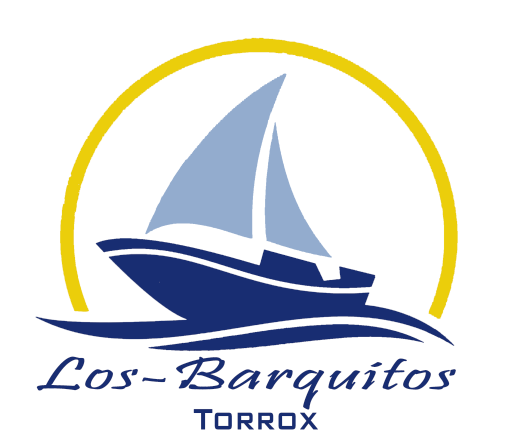To maximize profits, a company’s management focuses on maintaining operational efficiency while keeping operating costs as low as possible. This https://tax-services.ca/articles/accountant-for-small-business-near-me section will explain the differences between fixed and variable costs and provide an example using Apple Inc.’s income statement as context. Operating expenses directly affect a company’s financial statements, particularly the income statement.
Fixed costs in your income statement are also reflected on your balance sheet and cash flow statement. The fixed costs on your balance sheet may either reflect your short-term or long-term liabilities, whereas the fixed charges paid in cash will get reflected in your company’s cash flow statement. Operating costs can make up a substantial portion of your total production expenses. This can be done in a way where you can achieve desired returns and efficiency for your business.
Importance of understanding business operating expenses
Examples of capital expenditures include the development of buildings, vehicles, land, or machinery expected to be used for more than one year. When acquired, they are treated as CapEx to recognize the benefit of each over multiple reporting periods. CapEx and OpEx are both necessary expenses for a business, and one is not better or more useful than the other. If a company is trying to invest in its future and wants to be most efficient with its long-term capital, it may invest more resources in CapEx than OpEx. Or, if a company wants to preserve capital and maintain https://www.liaviator2.com/lincoln_aviator_description_and_operation_airbag_and_seatbelt_pretensioner_supplemental_restraint_system_srs_overview-3479.html flexibility, it might be better off incurring OpEx instead. Each type of cost may have its own budget, forecast, long-term plan, and financial manager to oversee the planning and reporting of the expense.
Cost management
- Investors can use the data from Apple’s 10-K filings to examine total operating costs for several quarters or years.
- Depreciation includes the wear and tear of tangible assets, whereas amortization involves intangible assets.
- Operating costs play a significant role in determining a company’s profitability and long-term sustainability.
- It allows businesses to access expertise without long-term commitments, boosting efficiency.
- These are the expenses paid by the company for their staff during their official visit.
Startups can manage operating costs effectively by creating a lean budget, prioritizing essential expenses, and leveraging technology like Volopay for tracking and control. Expense management software provides real-time tracking of employee expenses, offering businesses immediate visibility into spending activities. Whether it’s travel, meals, or office supplies, managers can monitor expenditures as they happen, ensuring that spending stays within budget. When businesses cut operating costs, areas such as customer service, product quality, and delivery processes are often impacted.
Real-World Implications of Operating Costs on Businesses
Transparent communication about operating costs strengthens relationships with internal and external stakeholders, fostering trust and collaboration. Benchmarking involves comparing operating costs to internal targets or industry standards to evaluate performance and identify opportunities for improvement. Whether adopting cost-plus pricing or value-based pricing, accurate knowledge of operating costs ensures that the pricing strategy aligns with market conditions and profitability goals. In-depth knowledge https://www.fofusion2.com/ford_fusion_pinpoint_test_dtc_n_diagnosis_and_testing-2872.html of operating costs is a cornerstone for strategic business decisions that drive growth and adaptability. These costs are direct costs that a business must bear to produce products or services.
This offers insight into the company’s efficiency in generating profit from its primary business activities. In conclusion, understanding the components of operating expenses is crucial for businesses to effectively manage their finances. A clear insight into these costs helps businesses make informed decisions and implement strategies to optimize their resources and drive growth. Non-operating expenses are also recorded on the income statement, but they occur below the line that separates operating income from non-operating income.
Accurate Calculation for Insightful Financial Analysis
Key performance indicators (KPIs) provide measurable insights into how effectively operating costs are being managed. Metrics such as operating expense ratio, cost of goods sold, and gross profit margin reveal areas of inefficiency and guide decision-making. The cost structure of a business serves as the backbone for analyzing operating expenses. It encompasses fixed costs, such as rent and employee wages, as well as variable costs, including raw materials and utility bills. Effective management of operating expenses is crucial for sustaining profitability.
They keep the wheels of your business in motion and can significantly impact your bottom line. Companies with lower OpEx relative to their revenue compared to industry peers may be more efficient and competitive. The decision to combine Cost of Sales with Operating Expenses doesn’t necessarily imply a lack of financial transparency.
- A demotivated workforce often results in decreased productivity, higher turnover rates, and lower overall performance.
- Customers, employees, and stakeholders expect businesses to maintain a certain level of quality and consistency.
- Renegotiating contracts with suppliers can lead to cost reductions, improved payment terms, or additional services at no extra charge.
- These costs are directly tied to the production of goods or services and the maintenance of daily business activities.
How to reduce operating costs
In conclusion, operating costs represent the ongoing expenses that companies incur to generate revenue. Examples of operating expenses include rent, equipment, inventory, marketing, payroll, accounting fees, insurance, legal fees, office supplies, maintenance, and repairs. These costs can be fixed (such as rent) or variable (like marketing budgets), and can be either tax-deductible or non-deductible. It is essential to differentiate operating expenses from capital expenditures (CapEx), which are investments in long-term assets that are not expensed through regular business operations. Operating costs consist of the essential ongoing expenses that businesses incur to generate revenue.
